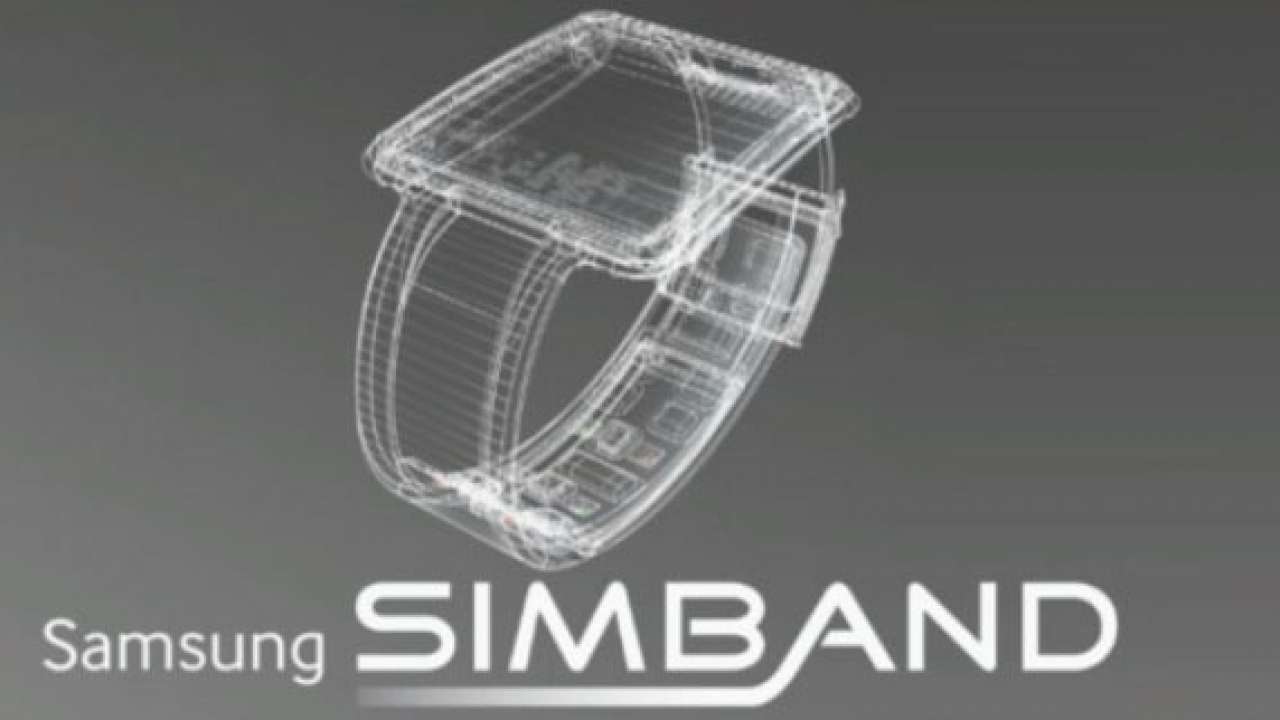Samsung Unveils Health-Focused Wearables Platform

With its line of Gear smartwatches, Samsung is betting big on wearables. But at an event in San Francisco today, the tech giant revealed a brand new entrant in the wearable tech space. The Samsung Architecture Multimodal Interactions platform, or SAMI will debut in a new wearable device called the Simband, reports CNET.
The Simband isn’t actually going to be available for purchase by consumers, says the post. Rather, it’ll serve as a functional prototype for software developers to test new apps and programs that make use of SAMI’s health-tracking sensors and software. Samsung said today that it’s already started collaborating with the University of California at San Francisco to see what else the SAMI platform can do. Meanwhile, the company also announced the Samsung Digital Health Challenge, which will invest $50 million in companies investigating new applications for the platform.
So what sets the Simband – and by that token, SAMI – apart from other wearable health devices like the Fitbit, or even Samsung’s own Gear Fit smartwatch? According to the post, SAMI is capable of much more than simply tracking steps, calories burned, or your heart rate. In addition to what’s now become standard biometric data for the world of wearables, SAMI will also be able to track a user’s glucose levels as well as “sense materials in the air,” perhaps much like the SCiO uses a molecular spectrometer to analyze the makeup of materials it scans.
Of course, Samsung’s announcement certainly is interestingly timed, what with Apple’s annual WWDC event scheduled for next week. There, many expect to see the first official look at Apple’s Healthbook app, made specifically for iOS 8. Many believe that Healthbook will work closely with the long-awaited iWatch, which is said to be getting a debut later this year, if not at WWDC.
Will Samsung’s early investment in wearables pay off in the long run? Or will the company be outshined by rivals who release more polished and fashionable devices later this year? It’ll be interesting to see how it copes with the competition once the wearable space gets more crowded.
[Source: CNET]